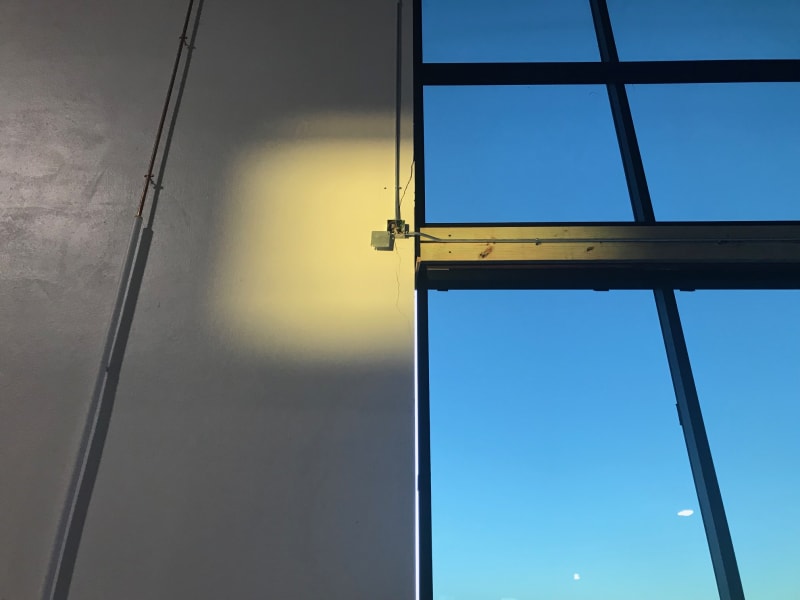KHoff
Structural
- Aug 20, 2013
- 60
I have a project currently under construction that includes a segment of storefront approximately 30 feet in length with a 5 foot cantilevered canopy attached. A steel tube was designed to span through the storefront for support and attachment of the canopy. This tube is rigidly attached to a precast wall on each end. I feel that this is a fairly common condition and I have not had issues with this on other projects, but in this case the contractor is seeing some cracking occurring at the tube steel beam connections and this is being attributed to thermal effects as the temperature is dropping. I can see how temperature could be a factor, but I'm wondering if there is more going on here. One thing that might be different in this case is that the interior space is not yet conditioned. If it were I imagine that would help alleviate thermal issues to some extent. If that is a factor, is it the responsibility of the engineer to design for such a condition that would only occur during construction? Also, it seems that getting a connection to work for the required loads (vertical, lateral, torsion) that also allows for longitudinal movement would be difficult.
I appreciate any suggestions on how to approach this problem, both as a new design and how to potentially fix the issue.
I appreciate any suggestions on how to approach this problem, both as a new design and how to potentially fix the issue.


